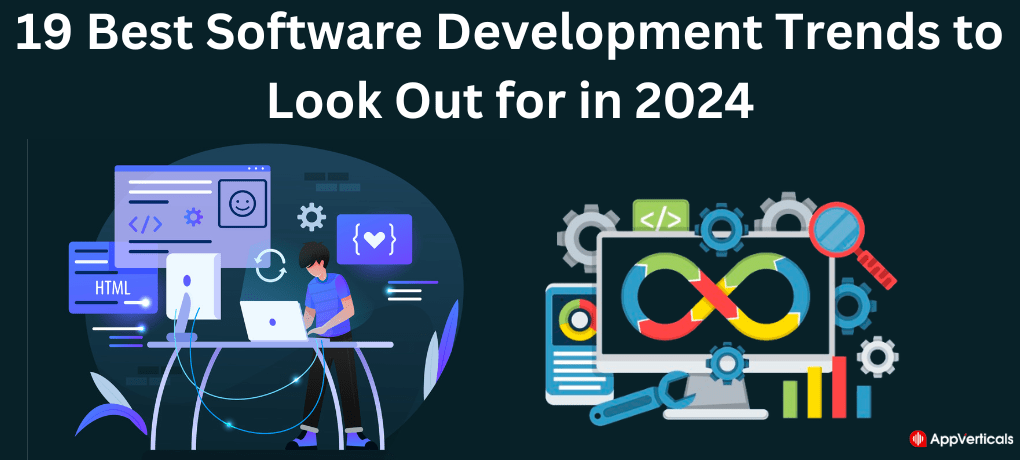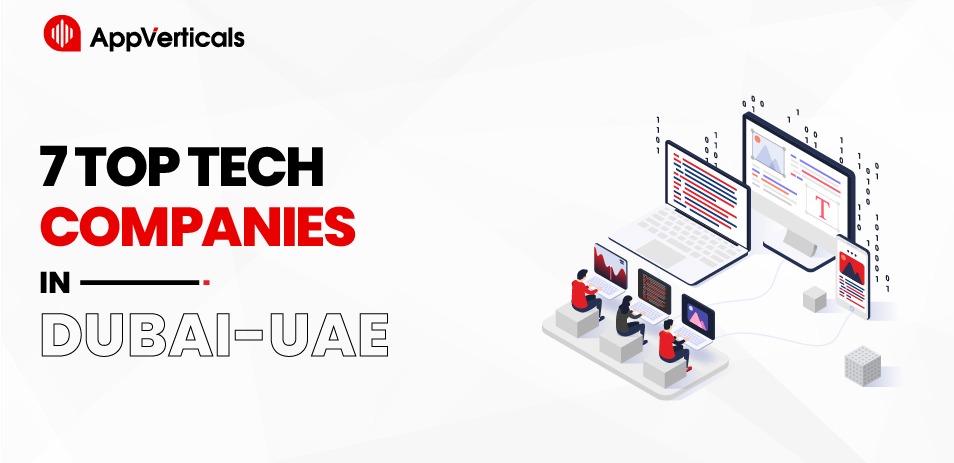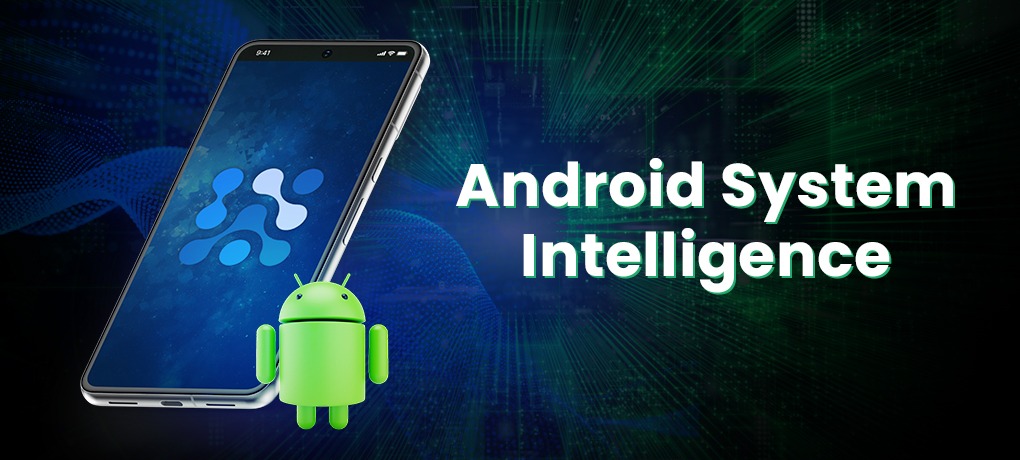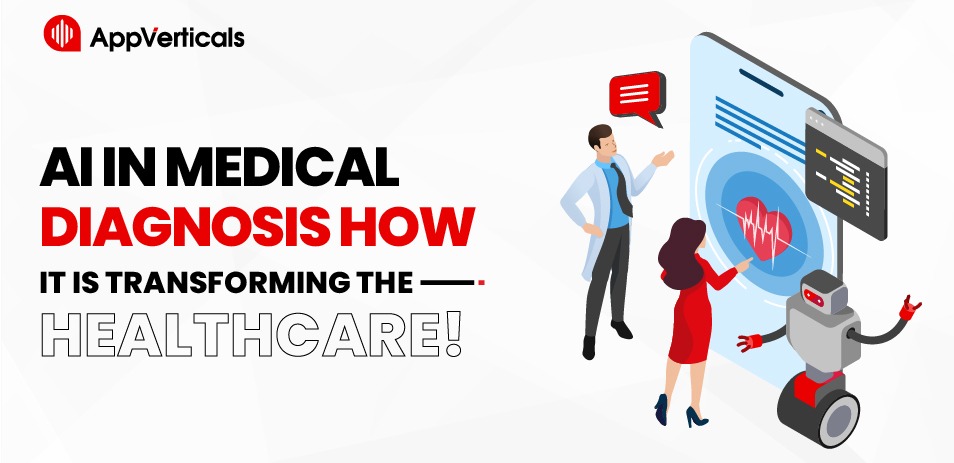The software powering our world is constantly transforming the way we live, work, and connect. This rapid change can be exciting but also overwhelming. Don’t worry! We’ve got you covered. This blog post is your cheat sheet to the latest software development trends shaping the software industry in 2024, a growing tech hub. We’ll explore 24 cutting-edge ideas that will impact everything from how businesses operate to the apps you use every day.
Whether you’re a seasoned software developer or just curious about the future of software engineering, this blog post is packed with valuable insights.
Staying ahead of the curve can give your business a competitive edge, and for aspiring developers, understanding these software trends can open doors to amazing opportunities.
So, get ready for a ride through the future of software engineering or development! We’ll explore these software trends in detail to give you the knowledge you need to thrive in a fast-paced environment.
1. Artificial Intelligence (AI) and Machine Learning (ML):
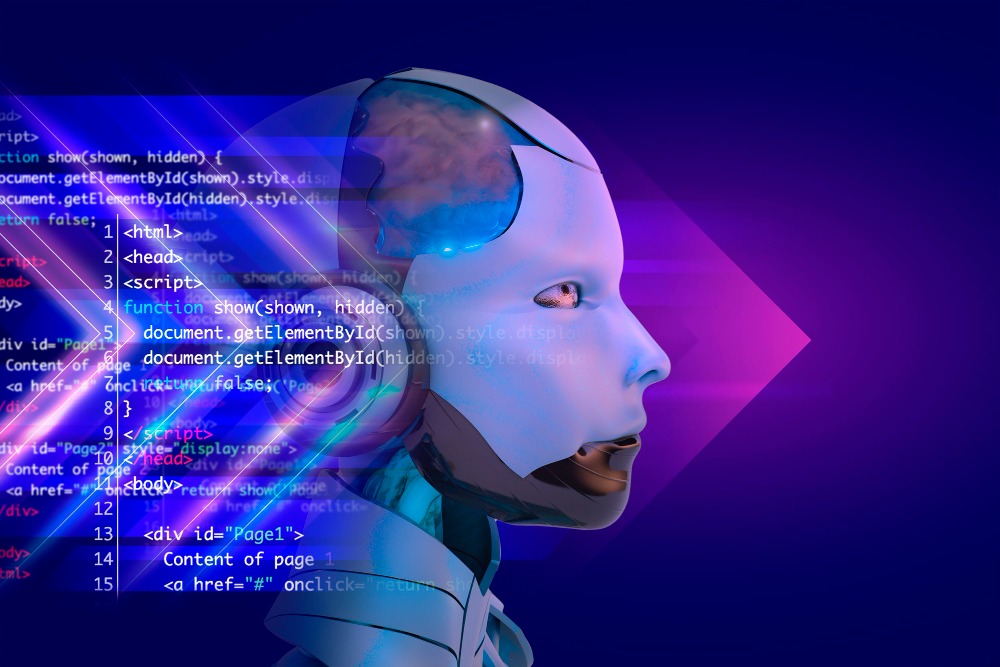
Ever feel stuck on a website with no clue how to find what you need? That’s where AI, or Artificial Intelligence, comes in. By 2031, the AI industry is expected to be worth more than 13 times its current value. That’s the power of AI in action!
Machine Learning (ML) is AI’s secret weapon. It lets software learn and improve on its own like a super student constantly cramming for a test. Businesses are using this dynamic duo to create all sorts of cool stuff:
- Customer Service Chatbots: Stuck on a bank app? Banks are using AI-powered chatbots to answer your questions 24/7, saving you time and frustration.
- Healthcare Heroes: Hospitals are exploring AI to help doctors analyze medical scans for diseases. This can lead to faster diagnoses and better treatment for patients.
- Fraud Fighters: Banks and financial institutions are using AI and ML to sniff out suspicious transactions in real time, protecting your hard-earned money.
- Shopping Savvy: Retailers are using AI to recommend products you like, making your online shopping experience smoother and faster.
By 2025, up to 97 million people will work in the AI field.
The future of software engineering in AI and ML is bright! Self-driving taxis navigating the city streets or personalized learning programs that adapt to each student’s needs are all using this technology.
Of course, with all this amazing tech, there are also some questions to consider. AI is still under development, and there are concerns about how it might affect jobs in the future of software engineering. However, experts believe that AI will create new opportunities as well. The key is to stay informed and adapt to the changing landscape.
So, next time you chat with a helpful bot or get a spot-on product recommendation online, remember – that’s the power of AI and ML at work, shaping the future of software engineering!
2. Blockchain: One of the Latest Technologies in Software Industry

Data provenance, or recording the history of data, is the most popular use case for blockchain. This use case is expected to enhance global GDP by $962 billion by 2030.
You might hear this term a lot, especially when it comes to cryptocurrencies. But there’s more to this technology than just digital money!
It is like a Google Doc for important information. Every change gets recorded, and everyone with access can see it. This makes it nearly impossible to cheat or hide anything.
Here’s why blockchain is a hot topic:
- Identity Management: Blockchain could be used to create a secure digital identity that you can use for everything from online shopping to voting.
- Supply Chain Tracking: Blockchain can track products throughout the supply chain, from cotton fields to clothing stores. This can help ensure things are made ethically and haven’t been tampered with.
- Real Estate: Blockchain can make the process smoother and safer. Software developers can make a system that securely stores all property documents, making them easy to access and verify.
- Medical Records: Blockchain is helpful in providing a secure system for storing medical history, accessible by authorized doctors anywhere in the world. This is a game-changer for emergencies and long-term care.
3. Quantum Computing

By 2032, the worldwide quantum computing market is expected to be valued at $460.7 billion.
Quantum computers are different from regular computers. They use the strange properties of quantum mechanics, where things can be both on and off at the same time. This “superpower” allows them to tackle problems that would take regular computers years, maybe even centuries, to crack.
So, what kind of problems are we talking about? Let’s say you’re designing new materials with incredible properties, like super-light and super-strong airplane wings. Quantum computers could help you simulate these materials at the atomic level, speeding up the discovery process.
Quantum computing is leading the way in finance, with a 28% adoption rate.
Developing new medicines is another area where quantum computing could shine.
Even quantum computers could analyze massive amounts of data to predict market trends with incredible accuracy, potentially helping investors make smarter decisions.
4. The Low-Code/No-Code Revolution:

By 2027, the low code and no code markets will have a compound annual growth rate (CAGR) of 22.7%.
Low-code and no-code development platforms are changing the game, making app creation accessible to almost anyone.
Imagine a toolbox filled with pre-built building blocks – buttons, menus, data forms, and more. That’s the basic idea behind low-code/no-code platforms. These platforms allow you to visually design apps instead of writing complex lines of code. Just drag and drop the elements you need, connect them like building blocks, and voila – your app starts taking shape!
Even if you don’t have a team of professional software developers, you can create custom apps to streamline internal processes, improve customer service, or even launch a new product idea.
Future-Proof Your Software With the Latest Trends in Software Industry
Let AppVerticals Leverage the Power of AI, Blockchain, and Cloud Computing to Build Innovative Applications for Your Business.
Contact us today for a free consultation!There are several advantages to using low-code/no-code platforms:
- Rapid Development: No more waiting months for a developer to build your app. With low-code/no-code tools, you can get a basic app up and running in a fraction of the time.
- Citizen Developers on the Rise: These platforms empower “citizen developers” – people within a company who have great ideas but might not have coding experience. They can now build simple apps to solve specific problems without relying solely on the IT department.
- Democratizing Software Creation: Low-code/no-code platforms are putting the power of app development in the hands of more people. This can lead to a wider range of innovative solutions being created.
5. Progressive Web Apps (PWAs): The Future of Software Engineering and Development
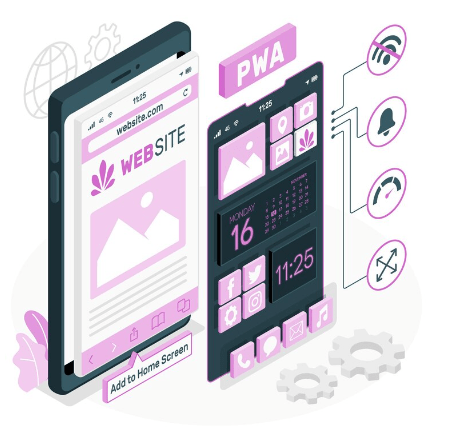
By 2027, the PWA market is expected to total $10.44 billion.
Limited storage space and endless downloads can be a hassle. Well, there’s a new kind of app that combines the best of both worlds: Progressive Web Apps (PWAs). Users can save up to 50% of their time when interacting with financial services thanks to PWAs.
PWA is a super-powered website that acts like a native app. Here’s the magic:
- Offline access: No Wi-Fi, no problem! PWAs can store information and work even when you’re not connected. Browse your favorite online store on the plane or catch up on news articles during a commute with no signal.
- Push notifications: Stay up-to-date with important alerts and reminders, just like with a regular app. Did your favorite store just launch a sale? A PWA can send you a notification right away.
- Home screen love: PWAs can be installed on your home screen, just like a native app. No need to search through app stores anymore – your favorite PWAs are just a tap away.
So why are PWAs gaining so much popularity? Businesses love them because:
- Cost-effective: Developing and maintaining a PWA is often cheaper than creating a full-blown native app for each platform (Android, iOS).
- Wider reach: PWAs work on any device with a web browser, reaching a larger audience without needing them to download anything.
- Improved user experience: PWAs are fast and secure and offer an app-like experience without the hassle of downloads and updates.
Starbucks uses a PWA to let customers order and pay for their coffee ahead of time, skipping the queue.
Pinterest’s PWA allows users to browse boards and save pins even without an internet connection. These are just a few examples of how PWAs are changing the mobile game.
6. The Cybersecurity Imperative
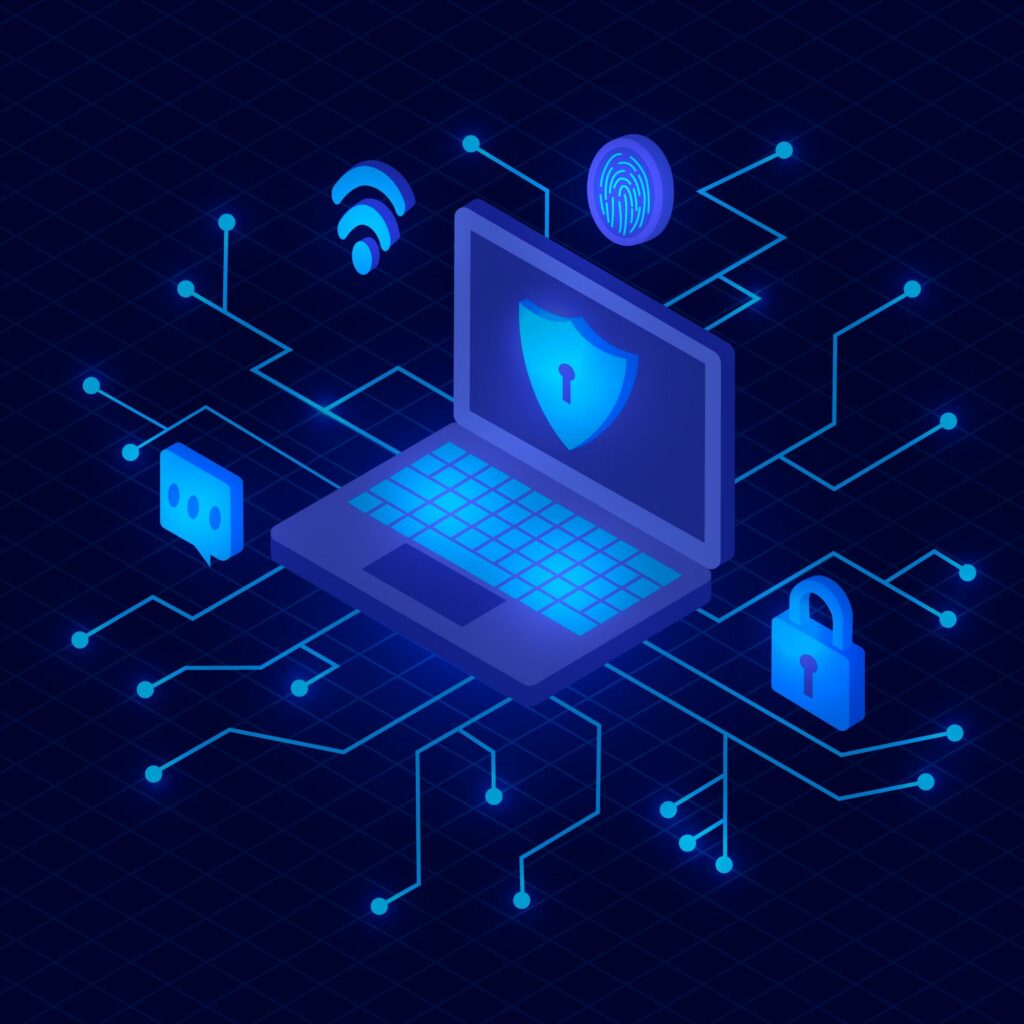
The global cybersecurity workforce is expected to comprise approximately 4.7 million workers.
Yikes! In today’s digital world, where we trust software with our personal information, cybersecurity is more important than ever.
Cybercriminals are constantly looking for weaknesses to exploit, so developers need to be like security experts, building strong defenses.
Hackers can steal user data, disrupt operations, or even hold software hostage for ransom. This can be disastrous for businesses and users alike. That’s why secure coding practices are essential. Software developers need to write code that’s clean, free of errors, and built with security in mind.
By 2031, the number of information security analysts is expected to increase by 35%, which is significantly faster than the average.
Software security experts also use tools like vulnerability assessments, which are basically digital scans that identify weak spots in the software’s armor.
Penetration testing is another key weapon. Here, ethical hackers try to break into the software. This helps software developers identify and fix vulnerabilities before anyone can exploit them.
So, how can developers become cybersecurity superheroes? Here are a few tips:
- Stay updated: Developers need to keep learning about the latest hacking techniques and best practices.
- Think like a hacker: When writing code, try to see things from the attacker’s perspective. What are potential weaknesses they might exploit?
- Use secure coding practices: There are well-established guidelines for writing secure code. Developers should be familiar with these and follow them religiously.
- Test, test, test! Rigorous testing throughout the software development process is crucial for identifying and fixing security vulnerabilities.
By following these steps and software development trends, developers can build software that’s not just functional but also secure and trustworthy.
Also Read: Cybersecurity as a services
7. Edge Computing:
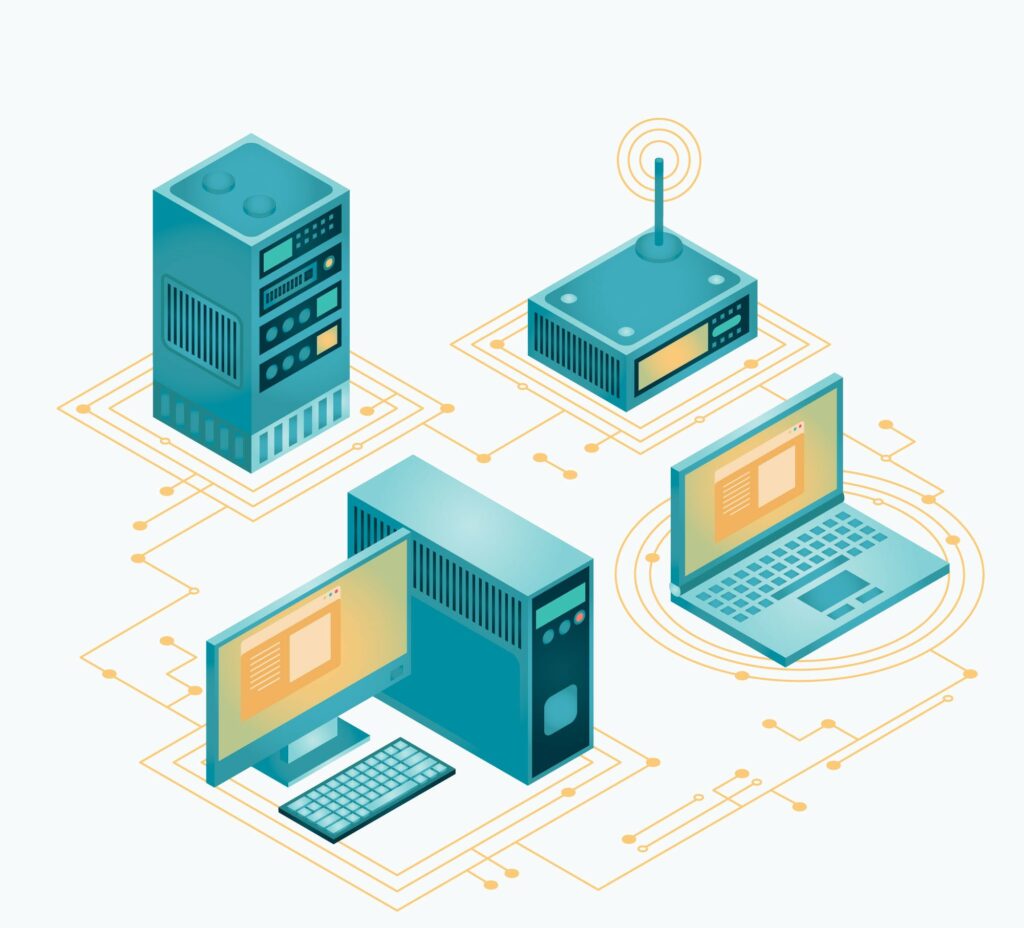
The edge computing industry is expected to be worth USD 111.3 billion by 2028, growing at a 15.7% CAGR.
Traditionally, data travels from devices to giant data centers in the cloud for processing. But with edge computing, the processing power moves closer to where the data is generated, right on the “edge” of the network. It is like having a mini-computer at each traffic light or inside a smart trash can
This brings several advantages:
- Faster Decisions: Edge computing enables real-time analysis and decision-making. Traffic lights can analyze traffic flow and adjust timings instantly, or a factory machine can detect a potential issue and shut down to prevent a bigger problem.
- Real-Time Applications: Edge computing makes possible applications that rely on immediate data processing. This may include self-driving cars using real-time traffic data to navigate or doctors monitoring a patient’s vitals with instant feedback.
- Smart Cities: Edge computing can optimize traffic flow, improve waste management, and even monitor air quality in real time, leading to cleaner and more efficient cities.
- Industrial Internet of Things (IoT): Factories can use edge computing to analyze machine data in real-time, predicting maintenance needs and preventing costly downtime.
- Retail Revolution: Stores can personalize shopping experiences based on customer location and preferences or analyze product inventory levels in real time to avoid stockouts.
By 2027, the volume of data generated at the edge will expand at a compound annual growth rate of 34% over the forecast period, faster than data generated at the core or on endpoints.
So, how does this impact software development?
With edge computing, software needs to be designed to run on smaller devices with limited processing power. Network architectures also need to be adapted to handle the flow of data between edge devices and the cloud.
Level Up Your Software Development!
AppVerticals Uses Cutting-Edge Software Trends to Build Powerful Software.
Get a Free Quote Today!8. Augmented Reality (AR) and Virtual Reality (VR)
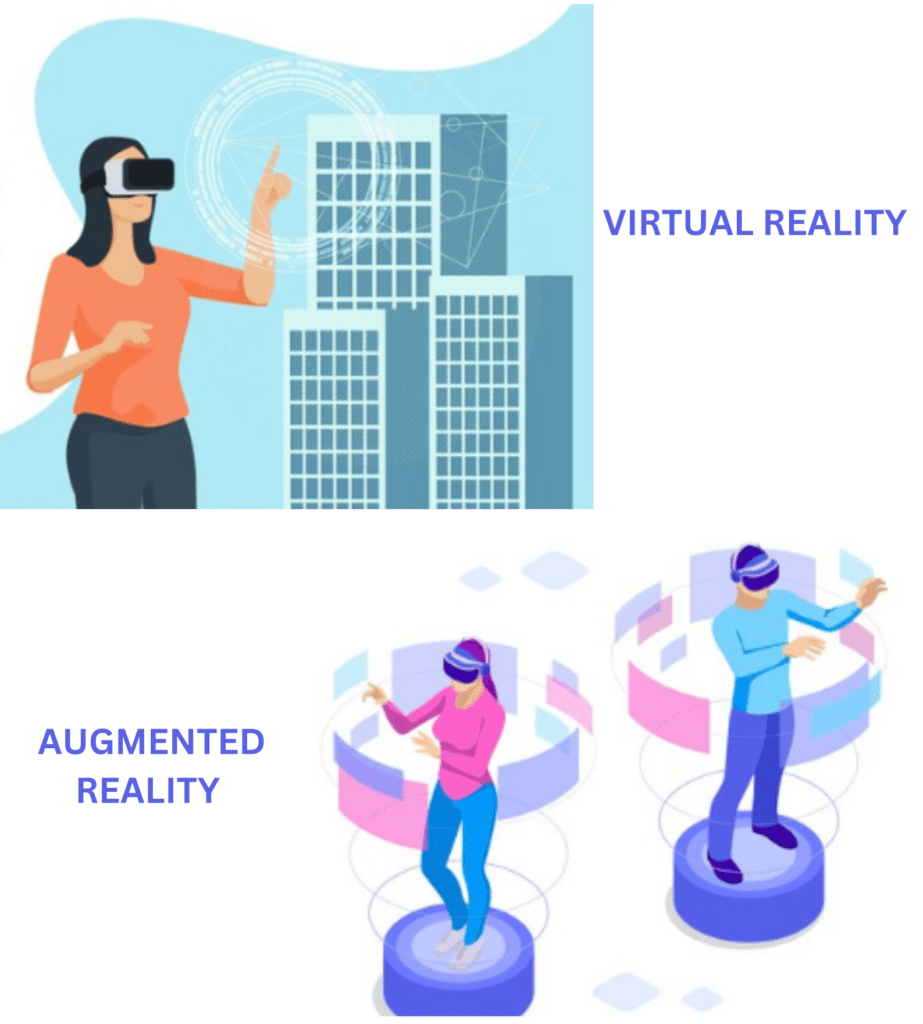
78% of those who have used AR indicated they prefer it to video content.
The development and use of VR in engineering can reduce model design time by 10% and construction time by 7%.
Virtual reality (VR) and augmented reality (AR) are rapidly changing the world of software development technologies. Let’s break them down:
- AR: Imagine holding your phone up to a historical landmark and seeing it come alive with information and visuals. That’s AR! It adds digital elements to the real world you see through your phone or headset.
- VR: With VR, you enter a completely computer-generated environment. Put on a VR headset, and you could explore the pyramids of Egypt or swim with dolphins – all from your living room!
So, how are these latest technologies in software industry being used beyond gaming? Here are some exciting examples:
- Tourism Revolution: Take a virtual tour of the Colosseum in Rome or explore the Great Barrier Reef without leaving your couch. VR can transport you to amazing destinations, while AR can provide interactive exhibits at museums or historical landmarks.
- Education Evolved: VR simulations can put medical students right in the operating room for training or take history students back in time to witness major events. AR can bring textbooks to life with 3D models and interactive learning experiences.
- Enhanced User Interaction: Interacting with software through gestures or voice commands in a VR environment. AR could allow you to manipulate 3D objects or access information by simply pointing your phone at something.
- Transforming User Experiences: AR and VR can create truly immersive experiences that go beyond the limitations of a screen. Learning a new language could involve having a conversation with a virtual character, or fixing your car could involve seeing step-by-step instructions overlaid on the real engine.
9. The Rise of FinOps and GreenOps: Sustainable Software Development Technologies
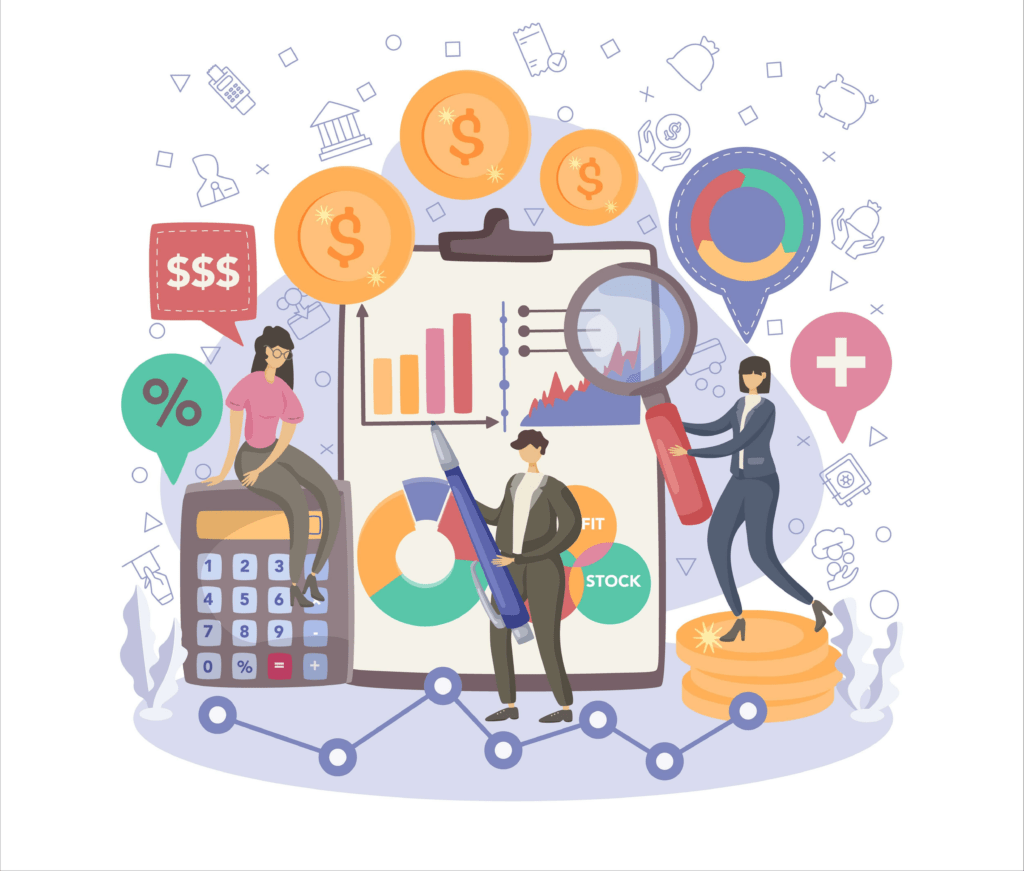
According to McKinsey, FinOps has the potential to save businesses 20 to 30% on cloud expenses.
Businesses are increasingly focused on developing software that’s both financially responsible and eco-friendly. This is where FinOps and GreenOps come in.
FinOps is like a superhero for your software budget. It’s a set of practices that help companies optimize their spending on cloud services and resources. FinOps can save businesses money by:
- Reducing Cloud Waste: How many times have you left the lights on in an empty room? The software can be the same – unused resources add up. FinOps helps identify and eliminate wasted resources in the cloud, leading to lower bills.
- Optimizing Resource Allocation: FinOps helps businesses choose the right cloud resources for the job, ensuring they’re not paying for more than they need.
But FinOps isn’t the only hero on the scene. GreenOps is another champion. GreenOps focuses on reducing the environmental impact of software development.
Every computer program uses energy. GreenOps helps developers find ways to make software more efficient, which translates to less energy consumption. Here’s how:
- Choosing Eco-Friendly Options: GreenOps encourages software developers to choose cloud providers and data centers that use renewable energy sources.
- Optimizing Hardware Usage: GreenOps helps identify opportunities to use less powerful hardware or optimize how software runs on existing hardware, both of which can lead to lower energy use.
- Boost Brand Reputation: Consumers are increasingly conscious of environmental issues. By showing a commitment to GreenOps, businesses can attract eco-conscious customers and investors.
- Reduce Long-Term Costs: Energy prices can fluctuate, but becoming more energy-efficient can help businesses save money in the long run.
10. Distributed Computing:
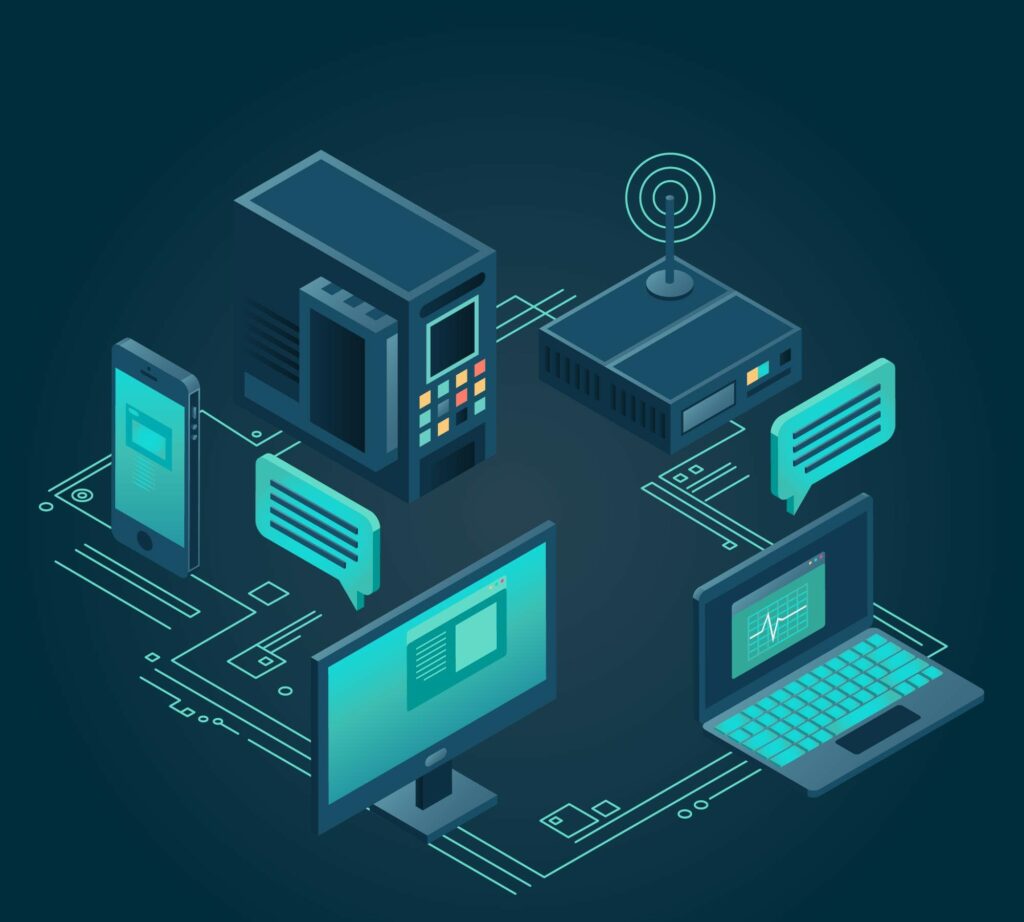
Distributed computing is like having a team of friends work together on the puzzle, each tackling a smaller piece. This powerful concept is playing an increasingly important role in software development.
Distributed computing is used in the healthcare and life sciences industries to model and simulate complicated data.
Here’s the idea: complex tasks are broken down into smaller, more manageable ones. These smaller tasks are then distributed across multiple computers, working together like a team.
This approach offers several advantages for software development, especially relevant for the ever-growing tech industry:
- Scaling Up with Ease: Distributed computing lets you add more computers to the team, increasing processing power as needed.
- Always Available: What if your computer crashes while working on the puzzle? Everything might be lost! Distributed computing helps avoid this. If one computer goes down, the others can pick up the slack, ensuring the task gets completed.
- Taming Big Data: Distributed computing allows us to process and analyze these massive datasets efficiently, unlocking valuable insights.
Cloud computing platforms, like Amazon Web Services or Google Cloud Platform, provide infrastructure and resources for distributed computing. These platforms handle the complexity behind the scenes, allowing developers to focus on the task at hand.
11. Web 3.0: The Decentralized Software Development Trends
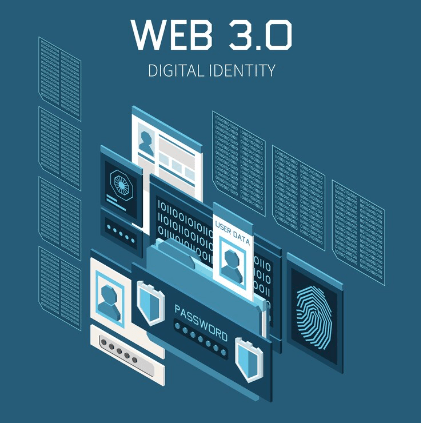
The Web 3 market is predicted to expand to $16.3 billion by 2028, with a compound annual growth rate (CAGR) of 38.5%.
Web 3.0 is all about decentralization, giving users more control over their data and online experiences. Several latest technologies in software industry are powering this revolution:
- Blockchain: Remember those secure chains used in bike locks? Blockchain is similar but for digital information. It creates a secure and transparent way to store data, like who owns what online.
- Cryptocurrencies: These digital coins, like Bitcoin, are another key player. They allow for secure online payments without relying on banks, giving users more control over their money.
- Semantic Web: The semantic web aims to make online information richer and more connected, like a giant library with everything organized perfectly.
- Data Privacy: With more control over your data, you can decide who sees it and how it’s used. No more feeling like your online life is in a fishbowl!
- Online Identity: Web 3.0 could make managing your online identity easier and more secure.
Web 3.0 is an exciting glimpse into the future of the internet. It’s a web built on collaboration, user empowerment, and endless possibilities.
12. Programming Languages
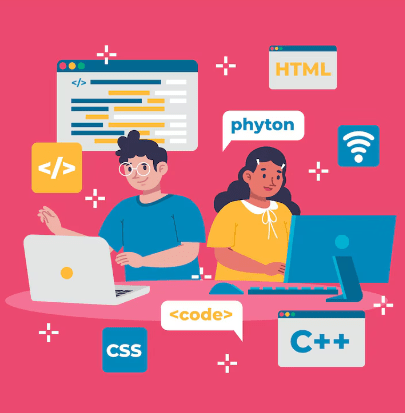
The United States dominates the development market, accounting for more than 30% of revenue.
The best programming language depends on the project. Today, we’re seeing a rise in specialized languages like Python, Go, and Kotlin, each with unique strengths:
- Python: Python is easy to learn and read. Plus, it’s a great all-rounder for web development, data science, and even machine learning.
- Go: Need a language built for fast performance and large-scale applications? Go is your answer! It’s a favorite for cloud computing and building backend systems, thanks to its speed and efficiency.
- Kotlin: Building apps for Android phones? Kotlin is the new champion. Developed by Google, it’s not only powerful but also easier to learn and maintain than Java, the older language for Android development.
The choice of language depends on your project’s specific needs:
- For beginners: Python is a great starting point with its clear syntax and vast learning resources.
- For web development: While Python is a strong contender, JavaScript remains a must-know for interactive web features.
- For data science: Python reigns supreme here, with powerful libraries like NumPy and Pandas for data analysis.
- For mobile development: Swift is the go-to language for Apple’s iOS devices, while Kotlin is king for Android.
The future of programming languages is likely to see even more specialization with latest technologies in software development.
13. The Emphasis on User Interface (UI) and User Experience (UX) Design:

If an app has glitches or technical bugs, more than 80% of users will abandon it.
Software isn’t just about functionality anymore. The key to success is creating a user experience (UX) that’s smooth, enjoyable, and keeps people coming back for more. That’s where user-centered design comes in, and it’s becoming one of the most important software development trends.
90% of Gen Z consumers anticipate websites and apps to launch in three seconds or less.
If an app is confusing or frustrating to use, you’re probably going to delete it, right? User-centered design puts the user at the forefront, focusing on creating intuitive interfaces (UI) and positive experiences. An intuitive UI is like a well-organized toolbox – everything is easy to find and use. A positive UX is like having a fun and helpful friend guide you through a task.
Here’s why great design is a win-win:
- Happy Users, Happy Business: When users enjoy using your software, they’re more likely to stick around, recommend it to others, and even pay for premium features.
- Standing Out from the Crowd: The app store is packed! A well-designed app with a great UX can grab attention and set you apart from the competition.
Pro Tip!
A focus on UI and UX can be the key to building successful software that stands out from the rest. So, put the user first – it’s the recipe for a winning app!
Don’t Get Left Behind By The Latest Software Trends!
AppVerticals Stays Ahead of the Curve, Providing Expert development in AR/VR, Low-Code Solutions, and Sustainable Practices.
Get a free quote and see how we can help!14. The Rise of Open-Source Software:
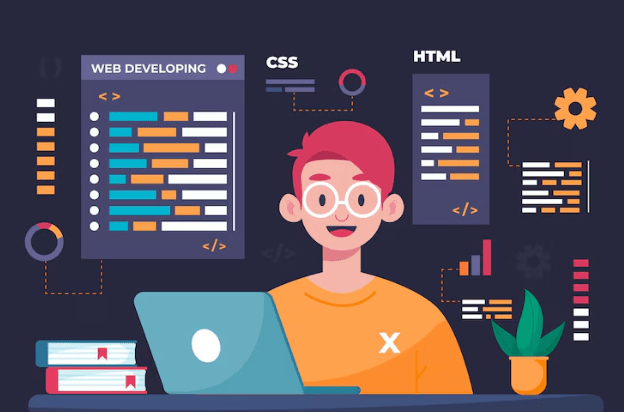
The global open-source software market is predicted to increase at a CAGR of 16.7% over the forecast period, reaching USD 80.7 billion by 2030.
Unlike traditional software, where the code is a secret recipe, open-source software is like a community cookbook. Anyone can contribute, share ideas, and improve the code. This collaboration is leading to a surge in the popularity of open-source libraries and frameworks.
Here’s why open source is a game-changer for the software industry:
- Faster Development: Open-source libraries provide pre-written code for common tasks, saving developers tons of time and effort. It’s like using those Lego instructions – you can focus on the creative parts of your project!
- Innovation on Steroids: With a global community working together, open source fosters a constant flow of new ideas and improvements.
- The Web Runs on Open Source: Many of the tools and latest technologies in software industry that power the internet, like the Linux operating system, are open-source! This collaboration ensures constant development and keeps the web running smoothly.
- Mobile Apps Made Easier: Popular mobile app development frameworks like React Native are open-source. This allows developers to build high-quality apps for different platforms without starting from scratch.
This open and inclusive approach is fueling innovation in the software industry and shaping the future of how we develop the tools and latest technologies in software industry we rely on every day.
15. The Rise of API-Driven Development:

APIs accelerate innovation, according to 52% of retailers, while 36% believe APIs are a strategic asset that can generate corporate value.
An API (Application Programming Interface) acts like a translator between different software programs. It allows them to exchange data and functionality, like two friends speaking the same language. It is like your phone’s music app talking to your fitness tracker app to share your workout playlist.
Here’s why APIs are becoming so popular:
- Integration Powerhouse: APIs make it easy to connect different software applications, even if they were built by different companies. This is like having a bunch of building blocks that can snap together in all sorts of ways.
- Flexibility: APIs allow developers to pick and choose the features they need from different programs.
- Code Reuse for the Win: With APIs, developers can reuse existing code instead of starting from scratch. This saves time and effort, allowing them to focus on building innovative features.
Companies rely on a network of software tools to manage everything from sales to marketing to customer service. APIs ensure these tools can work together smoothly, creating a more efficient and streamlined operation.
16. The Rise of DevOps Culture:

DevOps will generate more than $35 billion yearly by 2028.
DevOps is all about breaking down the walls between development and operations teams. It’s a set of practices that gets everyone working together to deliver software faster and smoother. It is like a well-oiled machine where developers and operations work in sync to build and launch amazing software.
Here’s how DevOps makes software development better:
- Faster Delivery: No more waiting months for new features. DevOps uses a technique called CI/CD (Continuous Integration and Continuous Delivery).
- Improved Quality: DevOps encourages developers and operations to work together from the start. This means catching bugs early and ensuring the software is built to run smoothly.
- Happy Teams: When developers and operations collaborate, everyone feels involved and responsible for the final product.
So, how does it work? Here are a few key tools:
- Version Control: Version control systems like Git keep track of all changes, making it easy to collaborate and fix mistakes.
- Automated Testing: Automated testing tools can quickly check for bugs in the code, freeing up developers to focus on new features.
- Infrastructure as Code: Infrastructure as code treats servers and configurations like code, making deployment faster and more reliable.
By working together and using the right tools, developers and operations can deliver high-quality software at lightning speed.
17. Internet of Things (IoT) and the Rise of Connected Devices:

The number of IoT devices worldwide is predicted to climb to about 30 billion by 2030.
The IoT is a network of everyday objects, from thermostats to wearables, all connected to the internet. These devices collect data (like your fridge, knowing when you’re running low on milk) and communicate with each other. The software makes this magic happen:
- Connecting the Dots: Software acts like a translator, allowing devices with different languages to talk to each other. For example, your phone speaking French and your fridge speaking Spanish – software helps them understand each other!
- Data, Data Everywhere: All these connected devices generate a lot of information. Software collects, analyzes, and stores this data, making it useful. It is like organizing a giant messy box of notes – software helps find patterns and understand what all this data means.
- Automating Your World: Software can use data from connected devices to automate tasks and make your life easier. The software makes it happen without you lifting a finger!
The potential of IoT is endless, and software development technologies is at the heart of it all. As software gets more sophisticated, so will the ways we interact with connected devices. The future is an interconnected world, and software is the key that unlocks its potential!
18. The Increasing Focus on Automation Testing:

Within the first year of using automated testing tools, 50% of companies see a return on investment.
Automation testing uses special tools and scripts to run tests on software automatically. It is like a robot helper that tirelessly checks everything from login buttons to fancy animations.
Why is this a game-changer? There are several benefits for development teams:
- Faster Release Cycles: Manual testing can slow down the launch of new features. Automation lets you test more frequently and catch bugs early, getting your software out the door faster.
- Reduced Manual Effort: Automation frees them up for more creative tasks, like designing new features or fixing complex problems. The robot helper takes care of the repetitive stuff, leaving the interesting work to the humans.
- Improved Code Quality: The more you test, the better your code will be. Automation allows for consistent and thorough testing, catching bugs you might miss with manual checks.
Automation testing tools and frameworks come in all shapes and sizes. Some popular options include Selenium, Cypress, and Appium. These tools allow developers to write scripts that simulate user actions and verify expected results.
19. The Rise of Cloud-Native Development:
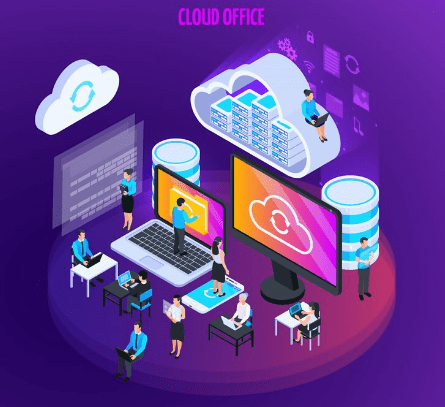
By 2025, cloud-native platforms will have deployed more than 95% of new digital application workloads.
Cloud-native development is specifically designed to run on cloud platforms, like Amazon Web Services or Microsoft Azure. So, why is cloud-native development becoming so popular? Here are some key benefits:
- Scale Up or Down in a Snap: Traditional software might struggle. Cloud-native applications can easily scale up resources in the cloud to meet demand, then shrink back down when things slow down.
- Cost-Effective Cloud Power: Cloud platforms offer pay-as-you-go services. Cloud-native development takes advantage of this, allowing businesses to only pay for the resources they actually use.
- Agile Development on Steroids: Cloud-native applications are built in smaller, modular pieces. This makes it easier to update and improve features quickly, keeping your software ahead of the curve.
These benefits align perfectly with the demands of a technology-driven future. Businesses need software that’s flexible, cost-effective, and constantly evolving. Cloud-native development delivers on all these fronts.
Data Privacy and Security Regulations
Remember that time you clicked “accept” on an app’s privacy policy without really reading it? Yeah, us, too. Lately, data privacy has become a much bigger deal. Laws like GDPR (General Data Protection Regulation) and CCPA (California Consumer Privacy Act) are putting the power back in users’ hands when it comes to their information. This means software development needs to adapt!
So, how do software developers comply with these laws? Here are a few key practices:
- Transparency is King: Software needs to be transparent about what data it collects, why it collects it, and how it’s used. Users deserve to know!
- User Control Matters: Data privacy regulations give users more control. They should be able to easily access their data, request corrections, and even ask for it to be deleted entirely. It is like having a “do not disturb” sign for your data.
- Security is Essential: Strong security measures are crucial to prevent unauthorized access, leaks, or breaches. Developers need to build software with robust security features to keep user data safe.
- Boosts User Trust: When users feel their data is safe and respected, they’re more likely to trust your software and keep using it.
- Reduces Legal Risks: Nobody wants a lawsuit! Complying with data privacy regulations helps businesses avoid hefty fines and legal trouble.
- Enhances Brand Reputation: In today’s world, protecting user privacy is good business. Companies that prioritize data security can build a strong reputation and attract more customers.
By adapting software development practices to comply with these laws, we can create a more secure and user-friendly digital world for everyone. So, let’s build software that respects user privacy – it’s the right thing to do, and it’s good for business too!
The Need for Continuous Learning and Upskilling:
If you don’t level up your skills, you’ll get stuck! Here’s why staying on top of your game is crucial:
- Tech Moves Fast: New programming languages, frameworks, and tools are constantly being developed. If you don’t keep learning, your skills could become outdated quickly.
- Stay Competitive: The software development job market is competitive. By continuously learning and upskilling, you can stay ahead of the curve and impress potential employers.
- Embrace Innovation: The best developers are curious and love to learn new things. Continuous learning keeps you engaged and opens doors to explore innovative and latest technologies in software industry that can take your projects to the next level.
Luckily, there are tons of resources available to help you on your learning journey:
- Online Courses: Platforms like Coursera, Udemy, and edX offer a wide range of courses on various programming languages, frameworks, and software development topics.
- Workshops and Meetups: Attending workshops and meetups allow you to learn from industry experts and network with other developers.
- Hackathons: These coding competitions are a fun way to push your limits, learn latest technologies in software industry, and build cool projects in a short amount of time.
Key Takeaways of Top Software Development Trends
- Artificial intelligence, machine learning, and automation are transforming how software is built and used. It is like having a robot teammate that helps write code, test applications, and even fix bugs!
- From low-code/no-code platforms to AR/VR experiences, user experience (UX) is becoming king. For example, a software that feels as natural to use as your favorite smartphone app.
- FinOps helps manage cloud costs, while GreenOps focuses on eco-friendly software development practices.
- Distributed computing and blockchain are making collaboration easier and more secure. Teams are working together on projects seamlessly, no matter where they are in the world!
- Web 3.0 promises a more decentralized and user-controlled internet. It is a web where you own your data and can interact with information in a whole new way!
What Can You Do To Remain Updated With Software Development Trends?
Here are some resources to fuel your learning adventure and remain updated with the latest technologies in software industry:
- Keep an eye on blog posts, articles, and tutorials on software development trends.
- Platforms like Coursera, Udemy, and edX offer a wealth of courses on various software development trends and topics.
- Attend local meetups and workshops to network with other developers and learn about software trends from industry experts.
Need more help? Then, AppVerticals, a top-notch software development company, should be your priority!

